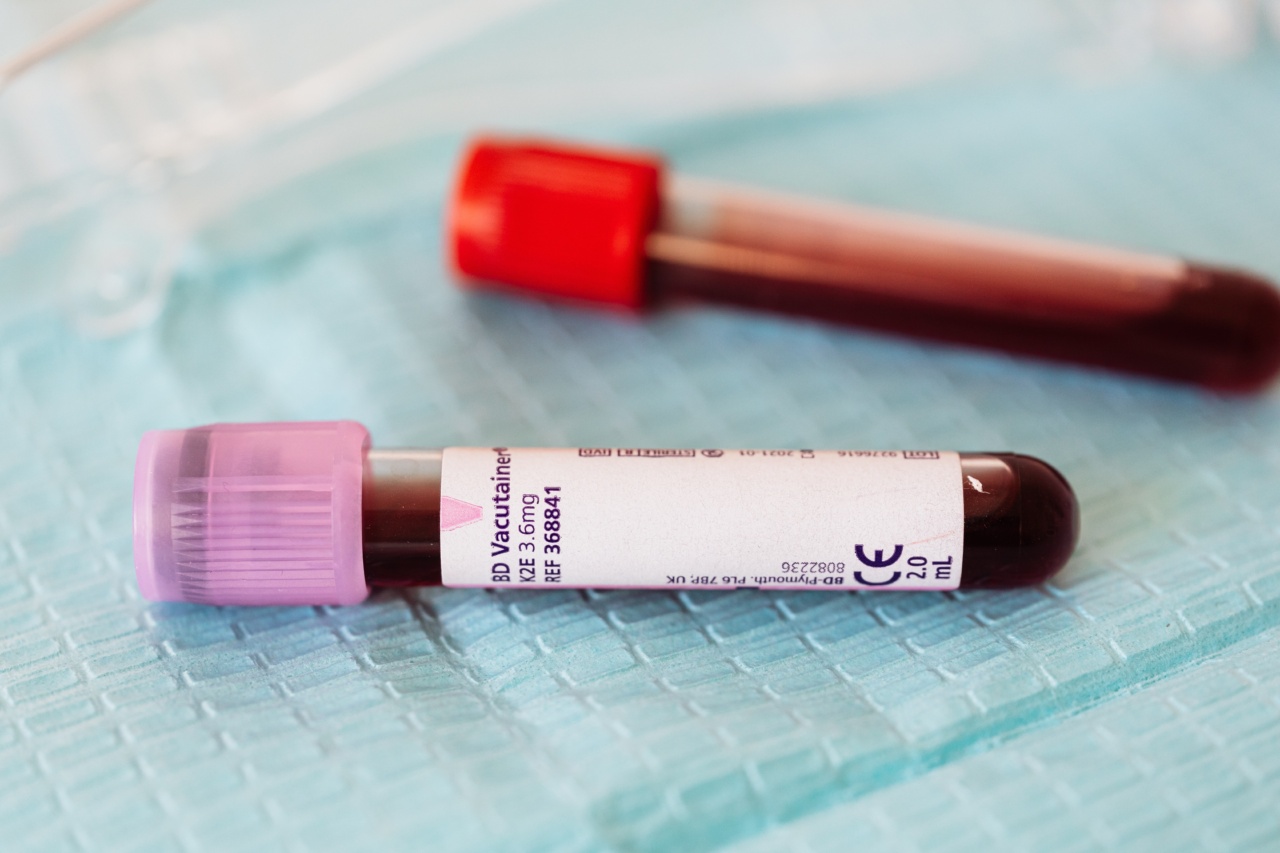During pregnancy, a woman’s body undergoes many changes to accommodate the growing fetus. However, sometimes these changes can lead to complications, such as preeclampsia.
Preeclampsia is a condition that affects up to 8% of all pregnancies and is characterized by high blood pressure, protein in the urine, and damage to the liver and other organs.
Preeclampsia is a serious condition that can have serious consequences for both the mother and the baby, including premature delivery, low birth weight, and even death.
That’s why it’s essential to diagnose and manage preeclampsia as early as possible.
Traditionally, the diagnosis of preeclampsia has relied on a combination of blood pressure measurements and urine tests. However, these tests are often inconclusive and require frequent monitoring.
Thankfully, modern medicine has made it easier to diagnose preeclampsia with a simple blood test.
How does the blood test work?
The blood test for preeclampsia works by measuring levels of a protein called placental growth factor (PlGF) in the mother’s blood.
PlGF is a protein that’s produced by the placenta, which is the organ that connects the fetus to the mother’s blood supply.
In normal pregnancies, PlGF levels increase as the placenta grows. However, in preeclampsia, PlGF levels are lower than normal, and this can be detected through a blood test.
The blood test for preeclampsia is simple and painless. A healthcare provider draws blood from the mother’s arm, and the sample is sent to a lab for analysis.
The results are usually available within a few days, and a healthcare provider will interpret the results and provide appropriate care.
What are the benefits of the blood test?
The blood test for preeclampsia has several benefits over traditional diagnostic methods:.
- The blood test is more accurate than traditional methods, which can be inconclusive and require repeated testing.
- The blood test is a one-time test, which means less monitoring for the mother and fewer physician visits.
- The blood test can be done earlier in pregnancy, allowing for earlier diagnosis and management of preeclampsia.
- The blood test can identify women who are at risk for developing preeclampsia, allowing for proactive management and close monitoring.
- Early diagnosis and management of preeclampsia can improve maternal and fetal health outcomes and reduce the risk of serious complications.
What does a positive test result mean?
If a blood test for preeclampsia comes back positive, it means that PlGF levels are lower than normal, indicating a higher risk for preeclampsia.
A healthcare provider will interpret the results and determine an appropriate course of action, which may include more frequent monitoring, medication, or early delivery.
It’s important to note that a positive test result does not necessarily mean that a woman will develop preeclampsia. However, it does mean that she is at a higher risk and should be closely monitored and managed accordingly.
Conclusion
Preeclampsia can be a serious complication of pregnancy, but early diagnosis and management can improve maternal and fetal health outcomes.
Thanks to modern medicine, a simple blood test can now be used to diagnose preeclampsia earlier and with greater accuracy. If you’re pregnant, talk to your healthcare provider about the benefits of the blood test for preeclampsia.



























